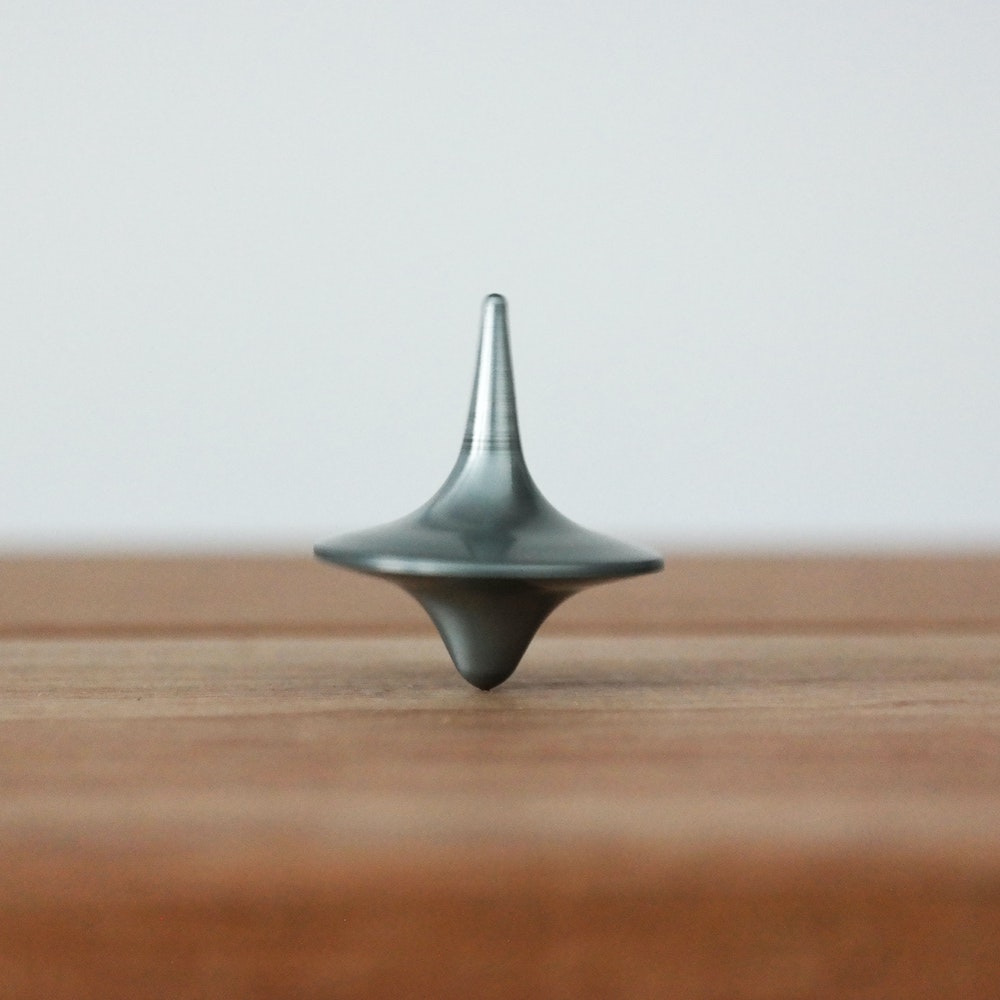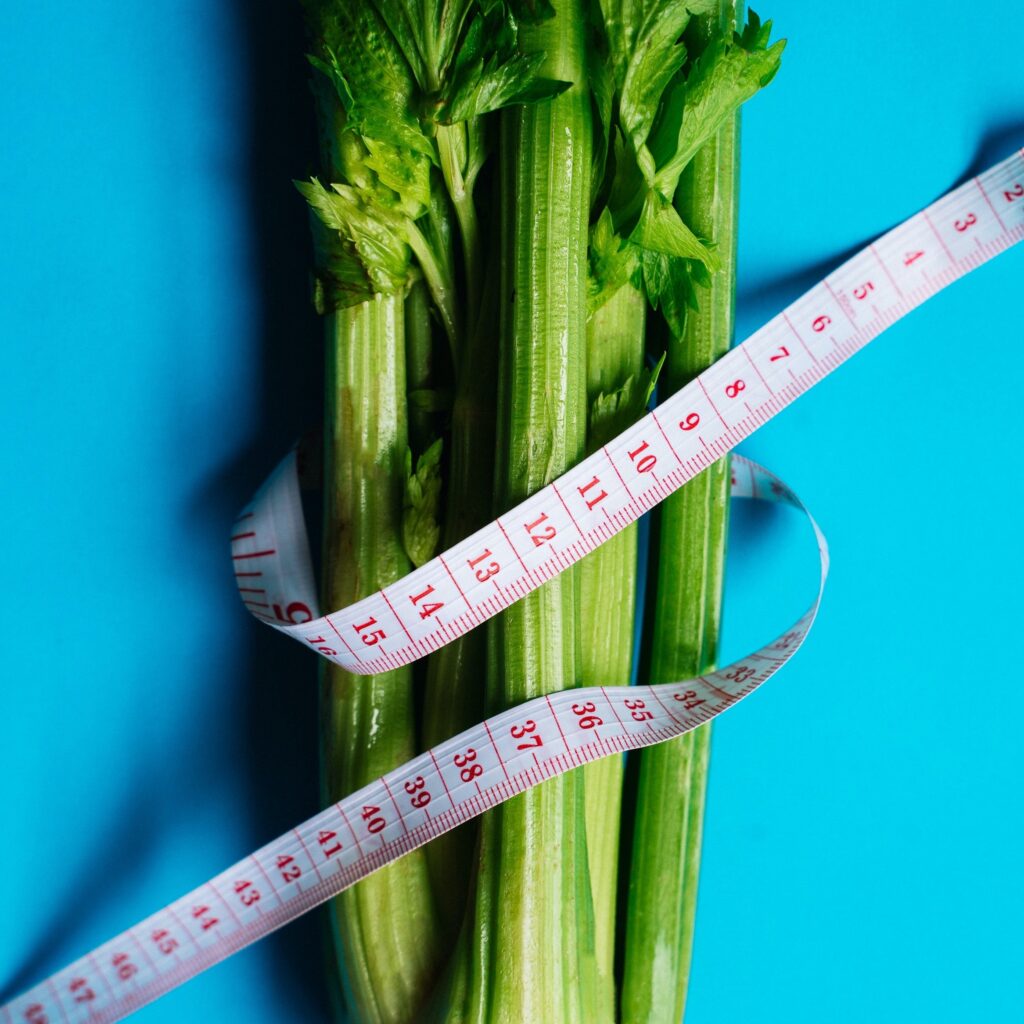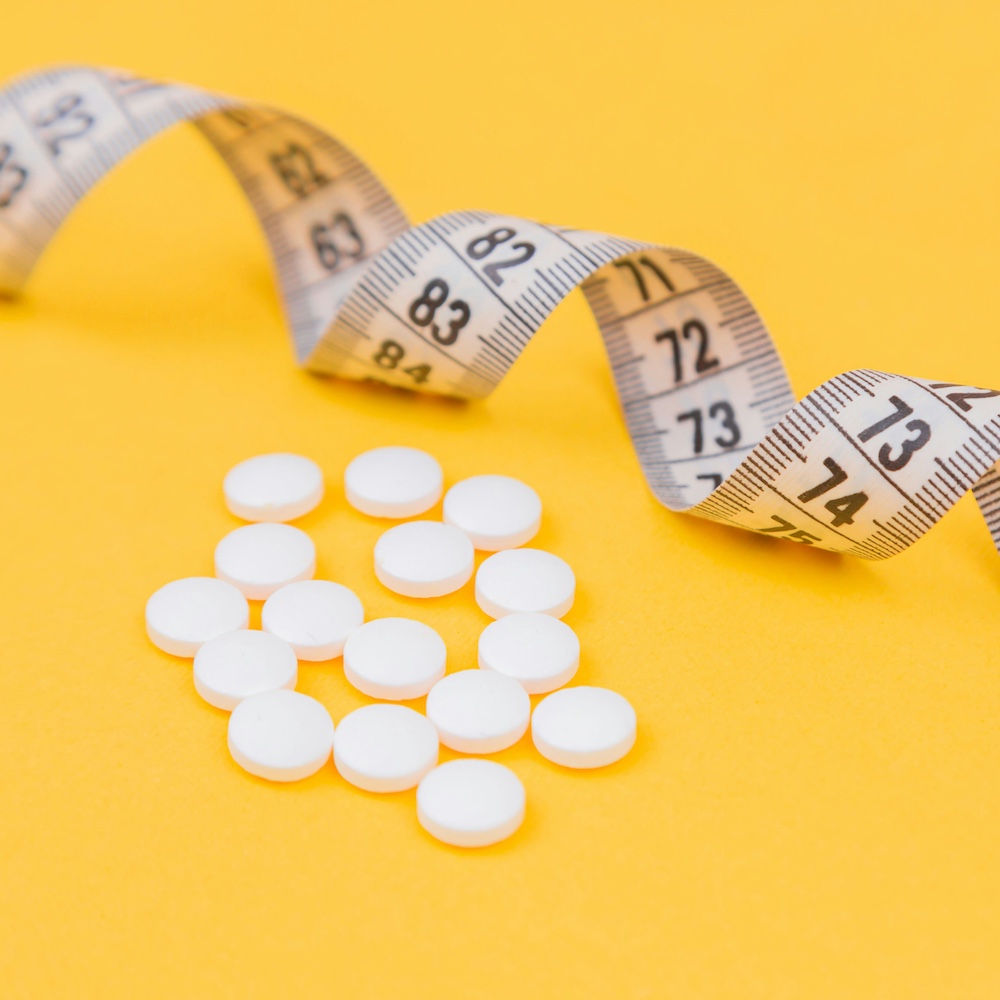TOPIC · BLOOD SUGAR
EVERYTHING YOU NEED TO KNOW
ONLINE CONSULTATION
If you need a more personal approach I’m just a phone call away.
Did you know …
- Blood sugar is referring to glucose in the blood
- Blood glucose is the common fuel, used by all cells to make energy ATP so the body ‘works’
- When our blood glucose levels are optimal, it often goes unnoticed.
- But when they stray from recommended boundaries too long, effects will be felt
- Glucose is a sugar the simplest form of the carbohydrates called a monosaccharide.
- Other monosaccharides include fructose, galactose, and ribose.
- Along with fat, glucose is one of the body’s preferred sources of fuel
- Glucose is found in all foods that don’t have eyes, such as grains, legumes, nuts, seeds, fruits, and all vegetables, and in some with eyes such as some dairy, like milk.
- BUT – the body also produces glucose all day long regardless of you eating or not
- Glucose is produced by the actions of the hormone Cortisol aka the stress hormone
- Yes you guessed right – the more stressed you are the higher your blood glucose can become
- While having blood glucose is essential, control is of the utmost importance
- Blood glucose levels that are unhealthy or out of control can have permanent and serious effects, such as diabetes, obesity, excess inflammation and much more
- BTW – Diabetes is a blood glucose disease
- Keeping an eye on blood glucose levels is very important, especially as we age
- Most people have no idea what their blood glucose levels are
- Some people with high or low blood glucose don’t even have any symptoms.
Meet Sally and get to know all about blood sugar
Intro
How to measure blood sugar
Complications of high blood sugar
How does glucose get into cells
What increases blood sugar
Know your Blood Sugar
One of the most important actions you can do for health is getting to know your blood sugar level and what affects it.
Blood sugar can fluctuate throughout the day – especially after meals, after exercising, during stressful events and with lack of sleep.
Get to know yours
Where should it be?
- UK / Europe – 4 – 7.4 mmol/L or 72 – 140 mg/dL
- US – 4.4 – 7.2 mmol/l or 80 – 130 mg/dL
Test your blood sugar
- The only way you will really know is to test
- Check it regularly, even if you don’t think you have problems
- Especially if you’re 50+ or your body shape has changed
Blood glucose meter / monitor
- Can be bought at the chemist and or online
- Measures blood via a finger prick
- Most affordable
- Are small and portable
- Accurate and instant
- BUT – just gives a snapshot picture
- For the best picture measure every 60 minutes during a day
Continuous glucose monitor (CGM)
- Provide real-time blood sugar, readings every few minutes.
- Insertion of a tiny sensor underneath your skin
- Measures your interstitial glucose level (tissue fluid around your cells)
- Sends the information to a pager-like monitor, or an app on your phone.
- Alarm sounds if your blood sugar becomes too high or too low.
- Often require a finger prick at least once a day to calibrate the device.
Libre Freestyle
- Tiny sensor inserted underneath your skin
- No continuous readings
- Scan the sensor when you want to check your blood sugar level.
Know your Sugars
Glucose
- The most abundant monosaccharide / sugar
- Is made by plants and most algae during photosynthesis
- Is found in all plant foods, ie. everything we call carbohydrate
- Is sweet but only 65% as sweet as fructose – this is why ALL carbohydrates taste sweet
- Is the most important source of energy in all organisms
- ALL animals are able to produce glucose
- Humans produce glucose from the breakdown of glycogen in the liver and from the breakdown of proteins via a process called gluco-neo-genesis, which means making glucose from non-carbohydrates, ie. your muscles, skin and bones which uses the hormone Cortisol
- The Brain and its nerve cells and red blood cells depend on glucose for their energy production (they can’t burn fat).
- Gluconeogenesis predominantly occurs in the liver and kidney
- The liver stores about 150 g (5.3 oz) of glycogen
- Skeletal muscle stores about 250 g (8.8 oz) of glycogen, but when glucose is released in muscle cells it cannot be pt back into circulation
- Adults produce approx. 180 to 220 g of glucose in the liver during a 24 hours period (from glycogen and gluconeogenesis)
- Glucose is transported in the blood to all cells for energy and storage
- Blood glucose should be maintained between 4 – 7 mmol/L or 72 – 140 mg/dL
- Glucose uses special transporters to get into the cells, some of these transporters need Insulin to operate
- Diabetes is a metabolic disorder where the body is unable to regulate levels of glucose in the blood
- Small amounts of energy / ATP can be made from glucose without oxygen
- The biggest energy / ATP production from glucose requires oxygen
Fructose – Friend or foe?
- The sweetest of all the sugars
- Found ‘naturally’ in fruits, veggies, sugar cane and honey, where it is bonded to glucose making the disaccharide sucrose
- Found ‘unnaturally’ in HFCS, where it is always as a monosaccharide ie. not bonded to glucose which increases absorption rate and availability
- Human intake of fructose from fruits and veggies was previously approx. 16 – 20 gm per day, where fibre would also affect absorption speed
- Today for many the daily intake can be 85 – 100 gm or more and no fibre to decrease the absorption and as a monosaccharide
- Fructose is not directly used by the body but can be converted to glucose or fat, depending on the need for glucose. The conversion takes place in the liver
- Non Alcoholic Fatty Liver is a result of the excess conversion of fructose to fat
- Because fructose doesn’t affect blood sugar many wrongly think this to be advantageous for Diabetics
- Studies show that high levels of fructose is associated with increased risk of obesity, diabetes, and cardiovascular disorders that are part of metabolic syndrome
- HFCS is processed corn starch, which in its natural state is long chains of glucose ie. a polysaccharide
- HFCS is the manipulation aka conversion of glucose to create fructose – why? because its sweeter
- How much is converted is up to the manufacturer
- HFCS 55 (55 % fructose) is used in soft drinks and sodas
- HFCS 42 (42 % fructose) is often used in baked goods, such as cakes, biscuits, bread, etc
- Regular table sugar / sucrose is 50% fructose bonded to 50% glucose
- Fructose content in fruits varies and is mostly bound to glucose and the fruit contains fibre all of which decrease the speed of absorption
- Eat your fruits don’t juice them.
Galactose
- Like fructose is not directly used by the body
- Roughly as sweet as glucose
- Rapidly converts to glucose in the liver
- Found in dairy products, avocados, sugar beets,
- It is a component of blood cells that determines blood type A, B, or O
- Is a component of the antigens (chemical markers) present on blood cells that distinguish blood type A, B, or O.
- Blood type O and A antigens, have 2 molecules of galactose on the antigens, whereas in the B antigens have 3.
Essential Sugars / Glyconutrients
- Studies have shown there are 8 sugars which are essential for cell communication and defence.
- Together with protein these 8 sugars create molecules called glycoproteins
- They create a net around and in between cells forming a type of ’communication highway, which increases the effectiveness of the immune system.
- The body can make’s all 8, but they also found in the foods we eat.
Foods containing the 8.
Glucose
– in all carbs
Galactose
– in dairy products especially milk.
Mannose
– in cranberries, Shitake mushrooms, aloe vera
Xylose
– in various fruits and veggies
Fucose
– in fungi and seaweed
N-acetylglucosamine
– in prawn shells, important for hyaluronic acid
N-acetylgalactosamine
– in prawn shells and red algae
N-acetylneuraminic acid
– in breastmilk and whey protein
NB!
- Sugar, in its natural form, is not inherently bad
- When consumed in amounts that allow you to burn fat as the primary fuel, sugar is an added fuel
- Avoid all sources of processed fructose aka HFCS in all processed foods and sodas.
- According to SugarScience.org, 74% of processed foods purchased from the grocery store contain added sugar.
Signs of High Blood Sugar can include
- Increased thirst
- Frequent urination
- Fatigue
- Nausea and vomiting
- Shortness of breath
- Fruity breath odour
- Very dry mouth
- Nausea
- Headache
- Stomach pain
- Rapid heartbeat
- Blurry vision.
Signs of Low Blood Sugar can include
- Dizziness
- Confusion
- Weakness
- Irritated
- Anxious
- Tearful
- Difficulty speaking
- Shaking
- Sweating
- Intense cravings and hunger
- Tingling lips
- Fast or pounding heartbeat – palpitations
- Pale
- Confusion
- Seizures – associated with Type 1 diabetes – due to too much Insulin
- Unconsciousness – associated with Type 1 diabetes – due to too much Insulin.
Getting Glucose into Cells
- Glucose is water soluble
- Cell membranes are made of a double layer of fat
- So no water soluble molecules get in without assistance
- Something has to create a passage way through the fatty cell wall
- That something are Glucose Transporters known as GLUT
- GLUT’s move out to the cell membrane when necessary
- some due to low glucose levels inside the cell
- others because Insulin ‘calls’ them
Several Types of GLUT
GLUT1 – found in
– blood brain barrier
– placenta
– endometrium
– red blood cells
GLUT2 – found in
– Pancreas
– liver
– kidneys
GLUT3 – found in
– neurons
– placenta
GLUT4 – found in
– skeletal muscle
– heart muscle
– adipose/fat tissue
– are the only transporters that need insulin to call them
GLUT14 – found in
– testes
What increase blood sugar?
- Foods that contain glucose = ALL carbohydrates
- Cortisol = an increase need to make energy because you’re stressed – physically, mentally or emotionally makes no difference
- Cortisol = inflammation, especially chronic silent inflammation / inflammaging
- Lack of sleep
- Exercise, especially H:I:T training will for a shorter period of time increase blood sugar
- 2nd half of menstrual cycle levels are higher in general
- Certain medications, like steroids, the pill, antidepressants, etc.
- Insulin deficiency – Type 1 Diabetes
- Insulin resistance – Type 2 Diabetes.
Test your self – Blood sugar, insulin and weight
Imbalances in the hormone Insulin are the main cause of many health problems and disease states. Insulin is responsible for reducing blood sugar/glucose, by ensuring its entry into cells where it is used to make energy/ATP or for storage. Glucose is often converted to fat making Insulin the body’s major fat storing hormone where persistent increased production of Insulin will increase the risk for obesity, type 2 diabetes, cardiovascular problems and much more.
The following tests can indicate if you have problems with blood glucose
Subsequently you can follow my guide to self-help, or book my personal assistance or talk with your doctor
Tests
- Do you have high blood sugar and insulin resistance?
- Do you have high blood sugar and low or no insulin?
- Waist size test.
Common Complications of Long-term, Uncontrolled High Blood Sugar
Heart disease
- Coronary artery disease – CAD
- Angina
- Heart attack
- Stroke
- Narrowing of arteries aka atherosclerosis
Damage to and blocking of the tiny blood vessels aka atherosclerosis
- Numbness, pain and dysfunction in extremities, such as feet – leading to increased risk for poor healing and amputation
- Nerve damage can also affect our ability to see, hear, feel and move.
- Kidney dysfunction – leading to kidney failure
- Eye dysfunction, such as retinopathy – leading to blindness
- Clouding of the normally clear lens of your eye aka cataract
- Possibly tinnitus and or hearing loss
- Alzheimer’s – now known as type 3 diabetes
- Depression
Gut dysfunction
- Poor absorption of nutrients
- Poor elimination of waste products
- Obesity
- Skin problems – aging skin, eczema, acne, etc,
- Gum disease and other mouth problems
Cancer
- Increased risk of developing certain cancers.
- Some cancer treatments can make it harder to control your blood sugar.
Sexual Problems in Women
- Decreased blood flow to the vagina and vulva decreasing sensation.
- Increased risk for thrush or a urinary tract infection.
Sexual problems in men
- Restricted blow flow to the penis
- Erectile dysfunction such as no erection or weaker / shorter erection
- Worst case scenario impotence
AND ALL BECAUSE YOU COULDN’T QUIT THE SUGAR!
Glycation
- One of the ways glucose damages cells is by a process called glycation
- Glucose is sticky and binds to anything and everything
- Glucose sticks to fats and proteins in the blood stream creating Advanced Glycation End products aka AGE molecules
- AGE molecules create inflammation and damage increasing the risk of diabetes, hypertension, vascular damage, dementia to name but a few
- AGE molecules are big and don’t pass through the small blood vessel in extremities causing blockages and reduced blow flow, which may end in amputation of that extremity.
Tips to Control Blood Sugar
- Keep blood glucose under 30-40g per meal
- Doesn’t matter where the glucose comes from glucose is glucose
- Keep your total fructose consumption under 30g per day – best source is whole fruits as they are also rich in other nutrients, antioxidants and fibre
- Increase your consumption of short and medium chained fatty acids which are readily burned, not stored and not controlled by insulin, such as beef tallow / suet, butter coconut oils, MCT
- When glucose intake is low fat intake in general can increase, minimum 30g per meal
- Some of the best sources of fats in general include avocado, coconut oil, free-range eggs, organic butter and cheese, grass fed and finished beef, wild salmon
- Intermittent Fasting aka Time Restricted Eating fancy words for Eating Windows. Cut back on your feeding window anywhere from 6 – 10 hours giving you 14 – 18 hours of fasting. Clinically proven again and again to have a positive effect on blood sugar and insulin sensitivity
- Drink pure, clean water instead of sugary beverages like fruit juice and sodas
- Add fermented foods to your meals as the beneficial bacteria will aid your digestion and provide detoxification support, even lessen the fructose burden on your liver, such as fermented vegetables, kefir made from grass fed milk, kimchi, natto and organic yogurt made from raw grass fed milk. NB! – those with SIBO may not tolerate fermented foods
- Decrease the need for Cortisol – aka decrease stress and inflammation
- Follow Cortisol natural rhythm
– 6am – 6pm – activity and food
– 6pm – 6am – rest/sleep and fasting
- Sleep from 10pm as often as possible
- Decrease inflammation with Omega 3 fatty acids.
BUY HERE
Login with 4265940
Supplements that May Control and or Lower Blood Sugar
Cinnamon
- may help lower blood sugar by making your cells more responsive to insulin.
Ginseng
- up to 3 grams of ginseng daily may help lower fasting blood sugar and blood sugar after meals.
- NB! – ginseng may interact with warfarin and other drugs
- BUY HERE
Probiotics supplements
- especially those containing more than one species of beneficial bacteria
- may help lower fasting blood sugar and A1C.
- BUY HERE
Aloe Vera
- capsules or juice made from aloe leaves may help lower fasting blood sugar and A1C in people with prediabetes or type 2 diabetes.
- NB! – Aloe may interact with several medications, most notably digoxin.
- BUY HERE
Berberine
- made from the roots and stems of certain plants
- may help lower fasting blood sugar and A1C by improving gut health and decreasing the absorption of glucose
- BUY HERE
Vitamin D
- deficiency is common in people with type 2 diabetes.
- supplementing with vitamin D may improve overall blood sugar control, as reflected by A1C
- BUY HERE
Magnesium
- deficiency is common in people with type 2 diabetes.
- studies suggest that magnesium supplements may help reduce your fasting blood sugar
- BUY HERE
Alpha-Lipoic Acid
- may gradually help decrease fasting blood sugar and A1C, with greatest effects at daily doses up to 1,200 mg.
- it also exhibits antioxidant effects that may reduce damage from high blood sugar.
- NB! – it may interfere with some Thyroid medication
- BUY HERE
Chromium
- may improve insulin action in your body and lower blood sugar in people with type 2 diabetes
- possibly those with type 1
- but it won’t cure the disease
- BUY HERE
Diabetes Facts and Statistics
- Also called Diabetes Mellitus a chronic medical condition in which glucose levels build up in the bloodstream.
- So Diabetes is a blood glucose disease
- Glucose is vital to your health it is used to make energy in every cell
- The brain and red blood cells need glucose as they can’t burn fat to make energy
- The type of Diabetes varies – see the article Types of Diabetes in the is blog, but the underlying cause is excess blood glucose – the question is why?
- Muscle and fat cells need the hormone Insulin to get the glucose in and is used to produce energy ATP and or stored
Statistics from Diabetes.co.uk
– Since 1996, the number of people diagnosed with Diabetes in the UK has risen from 1.4 million to 3.5 million
– People likely to be living with undiagnosed diabetes in the UK is over 4 million
– Number estimated to rise to 5 million by 2025.
– Type 2 diabetes is now one of the world’s most common long term health conditions.
– It is estimated that worldwide 415 million people have diabetes ie.1 in 11 of adults.
– This figure is expected to rise to 642 million by 2040.
Type 2 Diabetes accounts for about 90% of all Diabetes cases
– Diabetes is currently the 5th most common cause of death in the world.
– Life expectancy for people with Type 1 Diabetes is more than 20 years
– Life expectancy for people with Type 2 it is up to 10 years
– 10% of the NHS yearly budget is contributed to the treatment of diabetes – 9 billion a year or £173 million a week. OMG
- Having any form for diabetes will increase your risk and the outcome for COVID
- Anyone at any age can develop Diabetes.
Types of Diabetes
Type 1 Diabetes
- The Pancreas is unable to produce Insulin
- So glucose remains in the blood
Type 2 Diabetes
- Previously called Age Onset Diabetes as it was only seen in adults 50+
- Cells are resistant to Insulin
- So glucose remains in the blood
Type 3 Diabetes
- Alzheimer’s and other types of Dementia are today considered as a blood sugar problem
- Problems getting blood sugar into brains cells as we age
- GLUT1 receptor may misfunction
- So glucose remains in the blood
Gestational Diabetes
- Occurs during pregnancy
- Cells become more resistant to Insulin due to the increased production pregnancy hormones
- So glucose remains in the blood
- Will increase the risk of developing type 2 Diabetes later in life
Prediabetes
- Also called Insulin resistance is the precursor of type 2 diabetes.
- Glucose is beginning to remain in the blood
- Can be completely resolved if appropriate measures are taken to prevent progression.
Is it time to re-examine the current type 1 or type 2 diabetes diagnoses.
A large ground-breaking study finds there are actually five subgroups of Diabetes
Group 1: Severe Autoimmune Diabetes (SAID)
- This type is what is currently classified as type 1 diabetes.
- In people with this type of diabetes, the immune system produces antibodies that destroy beta cells (the cells that produce insulin).
- This production is known as an autoimmune response.
- The diabetes management plan for people with type 1 diabetes includes close monitoring of blood glucose levels and insulin replacement with daily injections or use of an insulin pump.
Group 2: Severe Insulin-Deficient Diabetes (SIDD)
- People with this type of diabetes looked very similar to those with type 1
- They were younger, not overweight and their bodies didn’t produce adequate insulin.
- The difference was there weren’t antibodies present, which means their immune system wasn’t the underlying cause of their condition.
- In people with SIDD, damage to insulin-producing cells caused their bodies to produce too little insulin.
- This group had the highest risk of vision loss.
- The diabetes management plan for people with this type of diabetes is similar to those with type 1, but they may also take oral medications.
Group 3: Severe Insulin-Resistant Diabetes (SIRD)
- This type of diabetes was characterized by insulin resistance, which means their body doesn’t respond to its own insulin properly.
- People with SIRD are generally overweight, which further contributes to insulin resistance.
- The study found those with type 3 diabetes had a higher risk of kidney disease.
- Researchers also found that of the five subgroups, the diabetes management plans for people with SIRD were the least effective.
- That means these people stand to benefit the most from new diagnostics and more intensive treatment that may come from this research.
Group 4: Mild Obesity-Related Diabetes (MOD)
- People with this milder form of diabetes are very overweight and have some insulin resistance.
- Because the insulin resistance isn’t as severe as with SIRD, this milder form of diabetes is believed to be caused by obesity.
Group 5: Mild Age-Related Diabetes (MARD)
- People with MARD were elderly and had a milder form of diabetes than those who developed it in middle age.
- The study found this was the most common form of diabetes.
Diabetic Ketoacidosis / DKA
- Ketones are energy molecules
- In diabetics ketones develop when blood glucose levels are high
- The opposite to the popular ketogenic diets where ketones develop when blood glucose is low
- This is due to severe lack of insulin (Type 1) and or severe insulin resistance (Type 2)
- This leads to low or no glucose getting into the cells to produce energy
- So the body will use fat instead
- As the brain can’t use fat it needs another fuel – ketones
- The liver (and brain) converts fats to ketones
- If left unchecked, ketones can build up and making your blood more acidic
- DKA is a serious condition mostly affecting Type 1 Diabetics, occasionally Type 2.
Glucose and the Brain
- The brain is dependent on glucose as its main fuel as it can’t burn fat
- Plus it’s rich in nerve cells aka neurons makes it is the most energy-demanding organ, using 50% of all the sugar energy
- Thinking, memory, and learning are closely linked to glucose levels and how efficiently the brain uses this fuel source.
- Low glucose in the brain leads to low neurotransmitters, the brain’s chemical messengers leading to low communication between neurons and poor attention and cognitive function.
- High glucose is increasingly being linked to brain-related health issues such as depression, learning disorders, memory problems and overeating
- High blood glucose levels can affect:
– the brain’s functional connectivity, which links brain regions that share functional properties, and brain matter.
– can cause the brain to atrophy or shrink.
– can lead to small-vessel disease, which restricts blood flow in the brain, causing cognitive difficulties even the development of vascular dementia
– can affect self-control
– can affect mood, such as sadness and anxiety even depression
– can stimulate cravings for more
– glucose has drug-like effects in the reward centre of the brain and can produce addiction-like effects in the human brain, driving the loss of self-control, overeating, and subsequent weight gain.
– behavioural and neurobiochemical characteristics of substance abuse and overeating are quite similar
– The brain may recognizes sugar as a drug.
Getting Glucose into Brain Cells aka Neurons
- The brain uses GLUT 1 transporters to get glucose in to the cells which aren’t Insulin dependent
- Expression of GLUT1 in cell membranes are increased by reduced glucose levels and decreased by increased glucose levels.
- Expression of GLUT1 is also affected by Estrogen (and Progesterone) which might explain the reduced ability for the brain to utilize glucose after menopause
- While Insulin isn’t necessary for glucose uptake it has other roles in the brain:
– is thought to act a neuropeptide (brain hormone)
– plays key roles in neuroplasticity (networks), neuromodulation (alteration), and neurotrophism (growth)
– regulates feeding behaviour, such as inhibiting food intake and reducing body weight
– the deletion of insulin receptors from midbrain dopamine neurons increases appetite and body weight
– BUT – the removal of insulin receptors from adipose tissue produces the opposite effect – weight loss
– disrupted proper signalling of insulin in the brain induces many of the characteristic brain changes seen with Alzheimer’s disease, including confusion, disorientation and the inability to learn and remember
– overindulgence on sugar and grains overwhelms the brain due to consistent high levels of insulin
– eventually insulin, leptin and signalling become profoundly disrupted, leading to impairments in your memory and thinking abilities.
– the body’s response to the poor signalling is Type 2 Diabetes and obesity
– Type 2 diabetes is associated with a 60% increased risk of dementia in men and women
– even a mild elevation of blood sugar is also associated with an elevated risk for dementia
– ultimately anything that promotes insulin resistance will raise the risk of Alzheimer’s
- Is there a difference between Glucose and Fructose?
– research suggest fructose increases the interest in food while glucose increases satiety
– BTW – fructose as HFCS in energy drinks, fruit juices, soda and sports drinks, as well as countless other sweetened beverages packs on abdominal fat faster than any other nutrient
– BTW – similar to alcohol.
WANT MORE?
CHECK OUT THE OTHER BLOGS ABOUT WEIGHT LOSS
ONLINE CONSULTATION
If you need a more personal approach I’m just a phone call away.
Questions? Please don't hesitate to contact me








